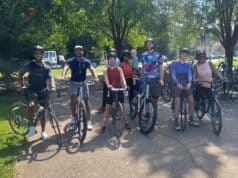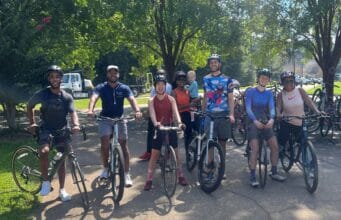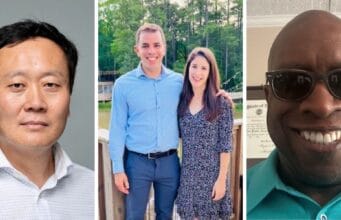This past semester, Goizueta undergraduate students in the BUS 365 Professional Communication Strategy course partnered with a nonprofit client unlike any the class had worked with before for their midterm project.
Rather than a corporation or a startup, the students worked with the Atlanta office of Cure Violence Offenders Alumni Association (OAA), which is part of Cure Violence Global (CVG), an organization that “envisions a world without violence,” according to its website. Cure Violence views violence not as a moral failing, but as a public health issue—something that, like a disease, has the capacity to spread—but can also be treated.
One of the core components to the Cure Violence model is the use of “violence interrupters”—formerly incarcerated individuals trained to build trust within communities and connect with people at risk of committing or “transmitting” violence in an effort to break the cycle.
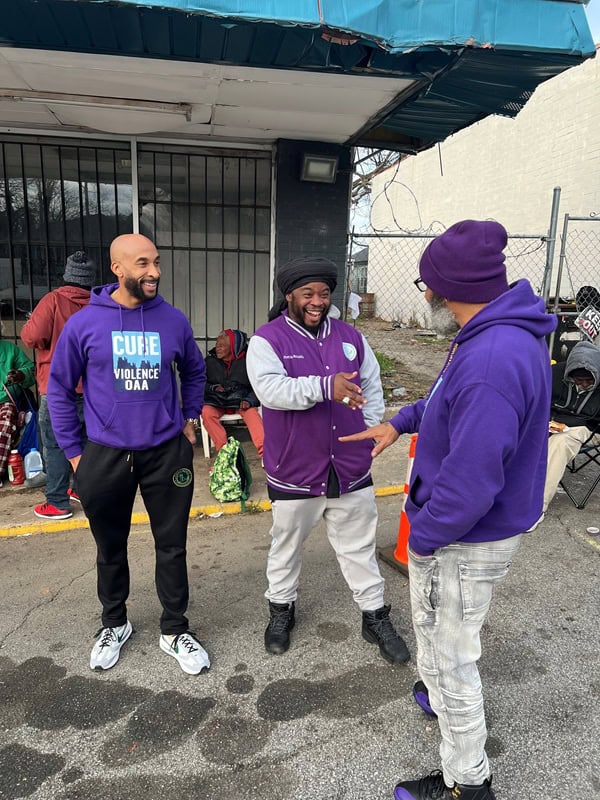
During the midterm project, students engaged directly with several violence interrupters working in Atlanta’s Zone 1—a high-crime area that encompasses the Northwest side of Atlanta and includes neighborhoods such as Ashview Heights, Vine City, and Washington Park. The interrupters, all of whom had served lengthy sentences in federal prison for gun-related crimes, were able to bring the epidemic nature of violence “from an abstract theory down to a personal level” explains Nikki Graves, associate professor in the practice of organization and management.
“Sharing their experiences with students demonstrated strength through vulnerability,” Graves says. “They helped us understand that violence has a ripple effect through individuals, families, and communities.”
The experience resonated deeply with many students. Some felt inspired to share that they had come from impoverished backgrounds and that—through education—they were working to break their families “out of cycles created by poverty and violence,” Graves says. Other students who came from privileged backgrounds reflected on the broader impact of gun violence, and how it had touched their own lives.
The mission of Cure Violence—to create safter communities for youth and families—resonated with the students. “It made me 10 times more motivated to do well on the project and put in my full effort,” says Sierra Benjamin 27BBA. “Even if I don’t directly go out into the community and knock on doors and talk to people, I can use the knowledge, research, and resources around me to be able to help people who are in need. A lot of people think that they have to go into the thick of things to be able to help others, but there are many different ways to make an impact.”
In anonymous feedback after the project, several students reflected that the project didn’t feel like an assignment. “It felt like we were actually making a difference,” one student wrote.
The effort and heart we put into our proposal were huge. It sparked an interest in supporting communities in a way I’ve never done before. It was an eye-opening experience.
A student reflection after the project
On paper, the midterm project was much like past class projects: An organization enlisted the students to help it solve a business challenge. In this case, the 12 student teams developed a sustainable fundraising plan, including action steps, timelines, key performance indicators, and the expected return on investment for their recommendations.
The teams’ ideas ranged from online and crowdfunding campaigns, to music and film festivals, social media strategies, and corporate sponsorship proposals. Several groups even prepared fundraising packets for potential donors.
“What the students offered greatly exceeded my expectations,” explained Shanard Linsey, program supervisor at Cure Violence Atlanta. “I walked away feeling confident about our future in their hands as leaders and business owners.”
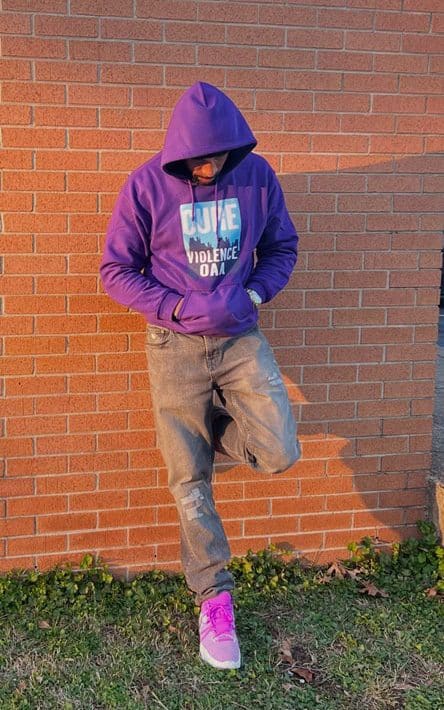
As a result of the students’ recommendations, Cure Violence is working to increase its online visibility, said Linsey, by posting more images and videos of its community work and building stronger relationships with corporate sponsors to diversify its funding base.
“The members of Cure Violence who spent time with our students have invited them to continue the partnership,” Graves said. “This project went beyond the goal of creating recommendations for obtaining sustainable funding. It demonstrated the power of storytelling and deep listening to create empathy and human connection.”
To help implement the students’ recommendations, Cure Violence received a $1500 grant from the Office of the Provost’s Center for Faculty Development and Excellence—the same budget Graves gave her students for the project.
“Faculty and partners who co-create projects that students can work on set the stage for students to both contribute meaningfully to the work of the organization and achieve learning goals well beyond the usual bounds of a university course,” said Vialla Hartfield-Méndez, director of engaged learning at the Center for Faculty Development and Excellence. “Professor Graves works with partners to do exactly that.”
At Goizueta, students apply business skills to create real-world impact in communities. Learn how our undergraduate BBA program prepares future leaders to think boldly and drive change.




